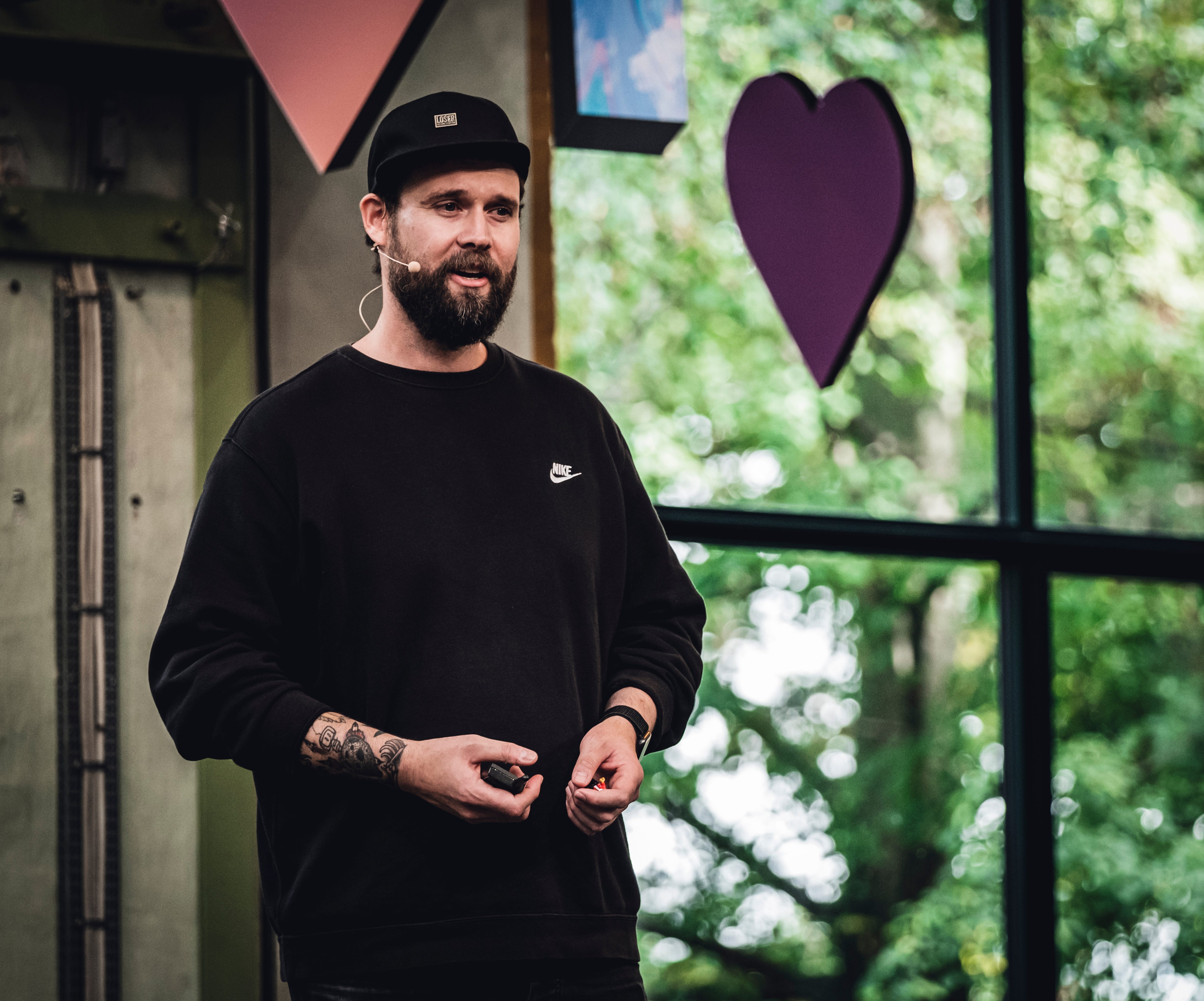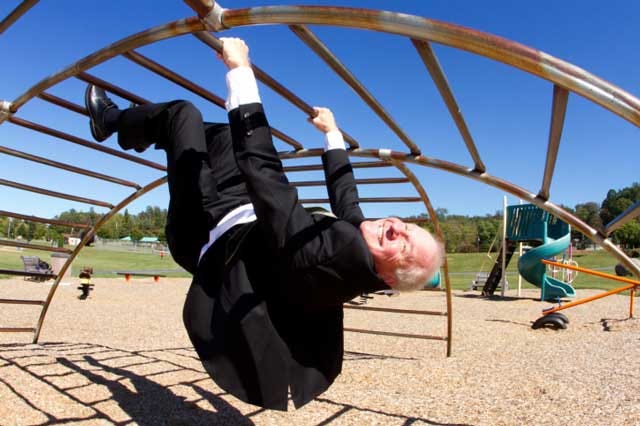Although LEGO Group owes its fame to the simplicity and endless creative possibilities its little bricks offer, the Danish giant toy manufacturer has decided to delve into a new direction. In fact, it has ideated a new line where Augmented Reality is used to create an immersive environment; players can now uncover fascinating hidden worlds through their phones.
But, what happens when digital play is incorporated into physical play?
After experimenting with AR for a few years, LEGO Group released Hidden Side AR, a line built around Mixed Reality play. There, Augmented Reality is layered on top of the core LEGO Group play experience. By scanning the assembled set through the app, parts of the set come alive. The app creates an AR background, changing how the user sees what’s behind and around the playset. The background isn’t the only AR part, though. Parts of the sets — e.g. a tree — come to life, and elements that are not part of the set in real life —e.g. ghosts and gargoyles — appear in the app.
In order to get the full experience, the player needs to physically interact with the toy and transform it. The app highlights switches, levers, and other physical parts of the set that the player must turn or move to solve puzzles and mysteries.
Designers are now entering a new dimension, where they’re required to design, keeping in mind both the digital and the physical experience, simultaneously. Different types of play bring different types of challenges and the role of toy and game designers is therefore becoming more complex.
The success of Hidden Side AR and the new strategy chosen by LEGO Group could generate countless opportunities within Mixed Reality play. This, without disappointing the most traditionalists, who prefer a physical-only play experience. In fact, in this example, even without the app, players are left with fantastic transforming playsets.

So, how can designers create toys that appeal the new generations without making them lose touch with reality?
Times are changing since the new generations grow with digital play being part of their standard play experience. However, it’s important that we don’t completely ditch physical play, as it can stimulate the brain in a different — equally important — way.
Designers need to find ways to maintain the play experience interesting, stimulating, and relevant for the time we are living in. By blending mixed realities, play may radically change in the future and designers have the responsibility to keep toys and games appealing.
We reflected with Roberta Sandri and Sven Robin Kahl, from LEGO Group on how play will change in the future and what designers should do to keep up with the times. Roberta is Visual Design Lead at the in-house advertising and design agency of LEGO Group, and Sven is Physical Creative Lead for LEGO Group’s Hidden Side AR. They also spoke at Design Matters 19, where they presented and discussed the latest LEGO Group products that feature a Mixed Reality play experience.

What direction should toy and game designers move towards in the future?
RS: I think it’s very hard to make a rule that fits all. Each toy should be developed with a specific play experience in mind — and that may or may not involve a tech component.
I believe that it’s important for toys to cherish their tactile aspect; in my book, tech should enhance the experience, rather than replacing it entirely.
I think designers should consider the benefits and disadvantages of all the aspects of the play process, and gauge what is most relevant and intriguing for the children they are designing for.
Do you think digital toys will replace physical toys?
SRK: I think we will always play with different types of toys, for different reasons. Kicking a stone down the street with friends will always be fun! What I learned over the years is that adding the responsiveness of a digital component can add exciting new ways to play and engagement to a physical experience. However, one should always look at the experience as a whole.
What challenges do designers face when designing for children?
RS: The world and the children that inhabit it are in continuous evolution — it’s easy to be ‘left behind’ in an adult way of thinking. When designing for children, we must spend a lot of time with them, trying to understand how they perceive their surroundings, how they see their relationships and engage with others, and what is relevant to them and why — in one word: we must listen and observe.
One of the key challenges for us toy designers is to shed our adult point of view and all the biases we have in regards of what we think we know about children.

SRK: The fact that we are not kids anymore makes everything harder. Kids see the world with different eyes. We have to be careful and not judge the world they live in from our adult perspective. This is one of the biggest challenges.
We need to always keep the level of development of the kids we are designing for in mind. We want to gain insights into the ever changing world of children. That is why we spend a lot of time co-creating concepts with kids, testing our building instruction with them, and building step-by-step with children of different ages to see if the difficulty level is appropriate for that specific age. In that connection too easy can be as bad as too difficult — just in different ways. Too easy can be too boring and too difficult quickly becomes frustrating.
On Hidden Side AR, the extra challenge of handling a phone with one hand while manipulating the model with the other required a lot of learning and testing.
Speaking of toys, are there any games or toys that you consider particularly good?
RS: Personally, I love the work that has been done by Tech Will Save Us. Their visual design is optimistic and modern, while their products have a distinctive learning component. The experience these toys create can be shared by the whole family and allows kids to express their creativity with very few constraints. I am also a big fan of Toca Boca — who spoke at Design Matters 19 — and their proposition of creating digital toys instead of games, which a very important distinction to me.
While a game prompts you to have a right or wrong answer, a toy is there just for a kid to enjoy and to honor the power of play.

SRK: There is no specific game I’m particularly fond of. I am myself a big fan of video games that give you the opportunity to be creative — ideally together with friends and family — and that let you build your own world, the way you want. So, in general, I like videogames that give the opportunity to connect and socialize within your own fantasy world. That is simply fantastic.
Do you have any top design trick for children?
RS: Spend hours with kids! There is no other big secret, really! I’m continuously surprised by their ability to see the world from a very different angle and their ‘why not’ attitude. We are all born creative and problem solvers, we just need to nurture that side while growing up.
Also, make sure to use a language and visual cues that children can easily relate to. Our work should be of immediate understanding.
Inclusivity is another key aspect to consider. Creating visual designs that support and celebrate diversity in every aspect of the play is important: every kid should feel warmly welcomed.
Last but not the least, we need to make sure that we comply to all children regulations, including privacy and safety.

How do you see the role of the designer evolve in the future?
RS: I hope I will see more of the ‘human’ aspect being incorporated into design work — seamless experiences exploiting the wonders that tech can bring into a product, without forgetting the physical, tactile side of it.
In the future, the role of the designer may become more cross-disciplinary, to accommodate more senses in the design work. Designers might also start to have more and more influence on the higher hierarchical levels of companies. Design thinking and creativity, that have been historically disconnected from the ‘business world’, might help companies to help them adapt to a fast-changing world and better connect with their audiences.
SRK: I believe that technology will play a bigger role in our everyday life in the future, and that, throughout history, designers have played a big role in connecting human needs with technology . I don’t think that this role will change. I believe it will only be more needed.




